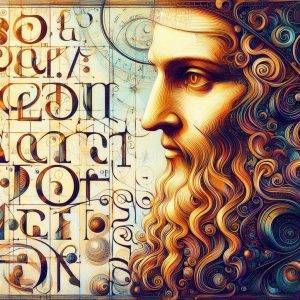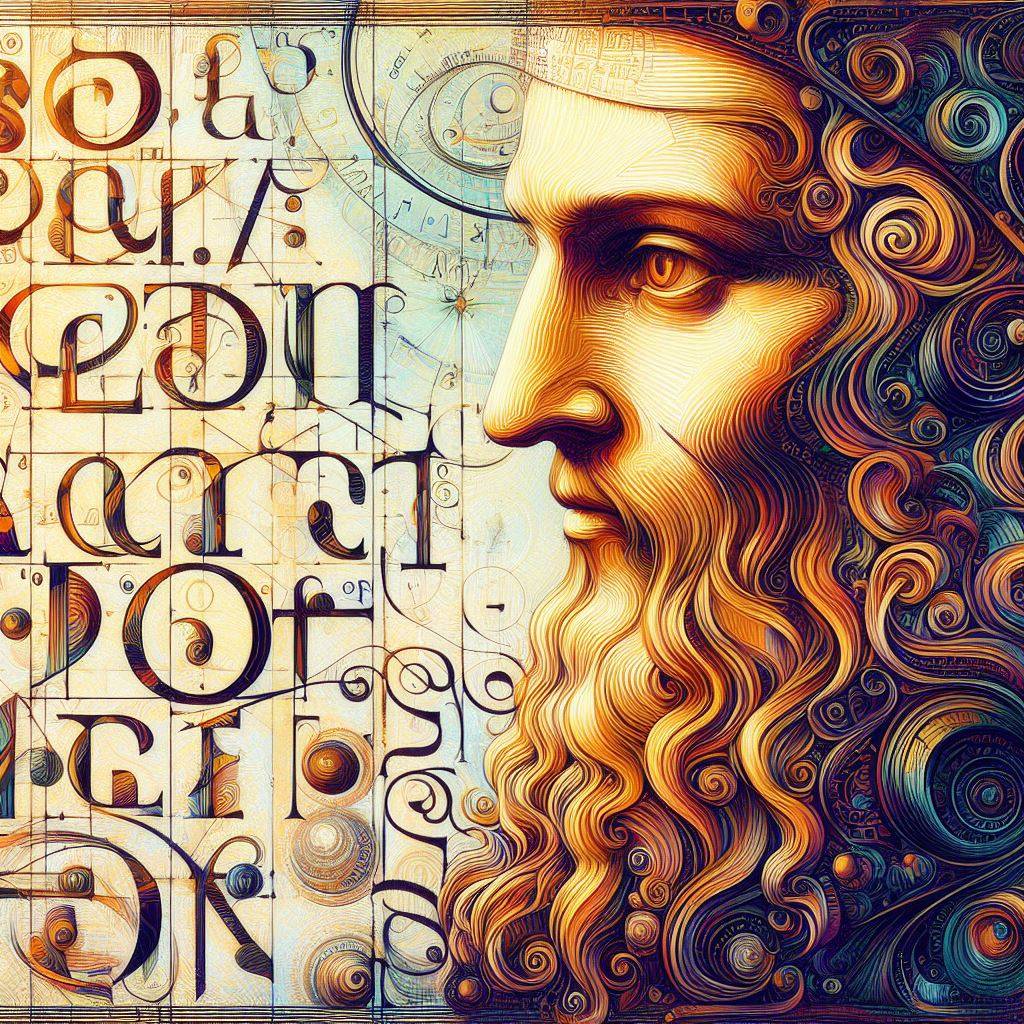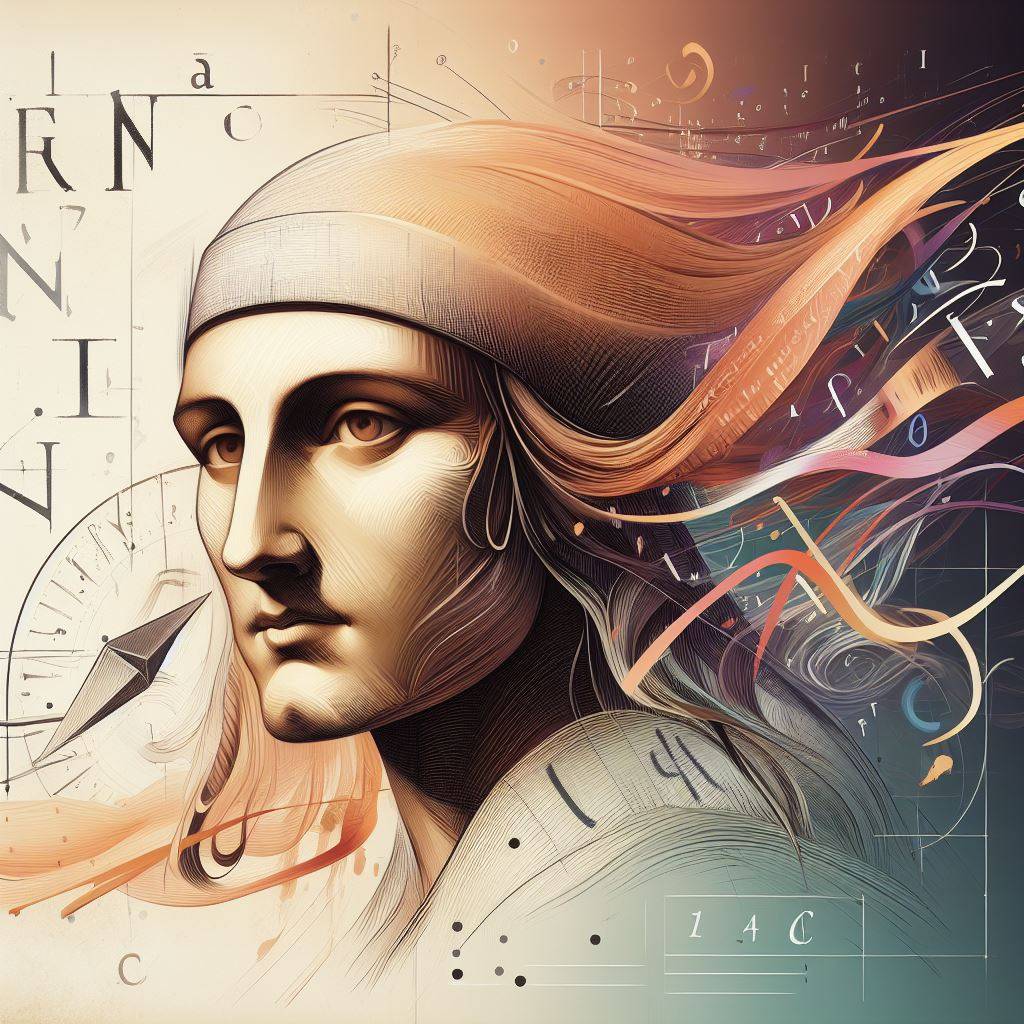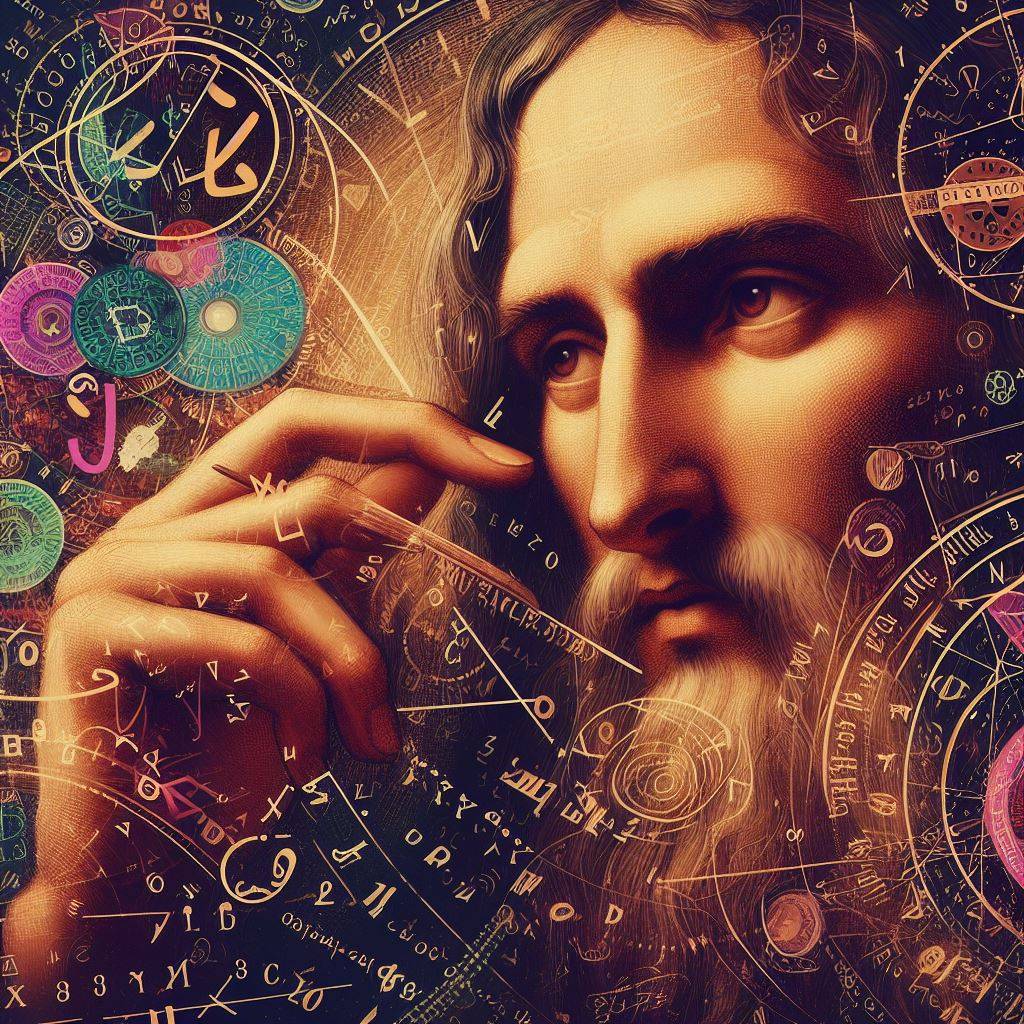Leonardo’s Codes and Ciphers: The Art and Science of Secrets and Puzzles | Selfology
The Art and Science of Leonardo’s Codes: How He Protected and Shared His Knowledge with Cryptexes and Mirror Writing

Coding DaVinci
Leonardo’s Codes and Ciphers: The Art and Science of Secrets and Puzzles
Divinci Code Combinations: A Lifetime Spent Loving Both Art and Science
The Da Vinci Code is a bestselling novel by Dan Brown that has captivated millions of readers with its thrilling plot and mysterious puzzles. But behind the fiction, there is a real-life inspiration for the author’s fascination with codes and ciphers: Leonardo da Vinci, the Renaissance genius who was both an artist and a scientist.
Leonardo da Vinci was born in 1452 in Vinci, Italy, and showed an extraordinary talent for drawing, painting, sculpting, and engineering. He was also interested in mathematics, anatomy, astronomy, botany, and many other fields of knowledge. He was a master of observation and experimentation, and he recorded his findings and ideas in thousands of pages of notebooks, written in a mirror script that only he could read.
Mirror writing is a technique of writing in the reverse direction of the natural way for a given language, such that the result is the mirror image of normal writing. It appears normal when it is reflected in a mirror. Leonardo invented this method of writing, probably to protect his intellectual property and hide his secrets from prying eyes. He also used it as a challenge for his students and friends, who had to decipher his clues and riddles to access his hidden knowledge. Some of his mirror writings contained mathematical formulas, scientific diagrams, or artistic sketches, while others contained personal messages or jokes. Leonardo’s mirror writing is a testament to his love for both art and science, and his desire to combine them in creative and innovative ways. ¹²³⁴
One of the most intriguing aspects of Leonardo’s notebooks is his use of cryptexes, cylindrical devices that can store secret messages inside. A cryptex has a series of rotating disks, each with a different letter of the alphabet. To open the cryptex, one has to align the disks in the correct order to spell out a password. If the cryptex is forced open, a vial of vinegar inside will break and dissolve the papyrus scroll, destroying the message.
Leonardo invented the cryptex as a way of protecting his intellectual property and hiding his secrets from prying eyes. He also used it as a challenge for his students and friends, who had to decipher his clues and riddles to access his hidden knowledge. Some of his cryptexes contained mathematical formulas, scientific diagrams, or artistic sketches, while others contained personal messages or jokes.
Leonardo’s cryptexes are a testament to his love for both art and science, and his desire to combine them in creative and innovative ways. He was not only a genius, but also a playful and curious mind, who enjoyed solving and creating puzzles. He was a true Renaissance man, who embodied the spirit of his time and influenced generations of thinkers and artists.
Today, Leonardo’s cryptexes are still a source of fascination and inspiration for many people, who admire his ingenuity and creativity. They are also a reminder of the power and beauty of codes and ciphers, and the thrill of cracking them. As Dan Brown wrote in his novel, “The Da Vinci Code is a novel that explores the hidden codes that lie within some of history’s most celebrated masterpieces.” And Leonardo da Vinci was the master of them all.
Source :
(1) Activity: Mirror Writing | Leonardo Da Vinci – The Genius. https://www.mos.org/leonardo/activities/mirror-writing.
(2) Mirror writing – Wikipedia. https://en.wikipedia.org/wiki/Mirror_writing.
(3) Why Did Leonardo Da Vinci Use Mirror Writing?. https://waynearthurgallery.com/why-did-leonardo-da-vinci-use-mirror-writing/.
(4) Mirror Writing – Write in a Mirror – Online Mirrored Generator – dCode.fr. https://www.dcode.fr/mirror-writing.



